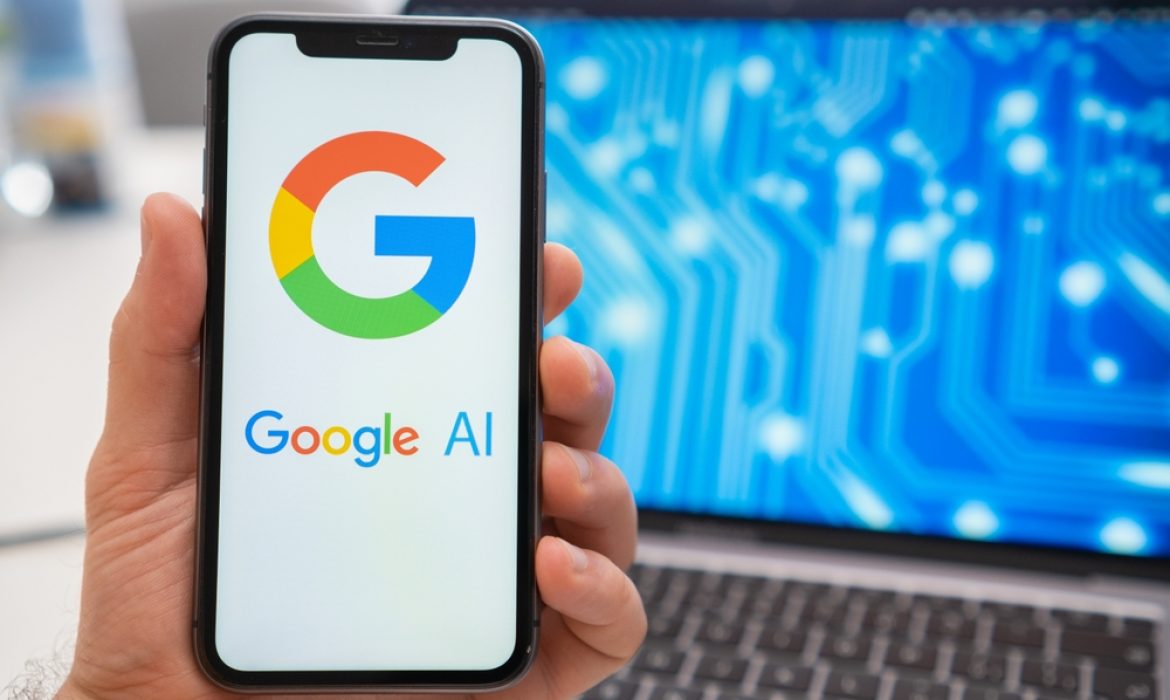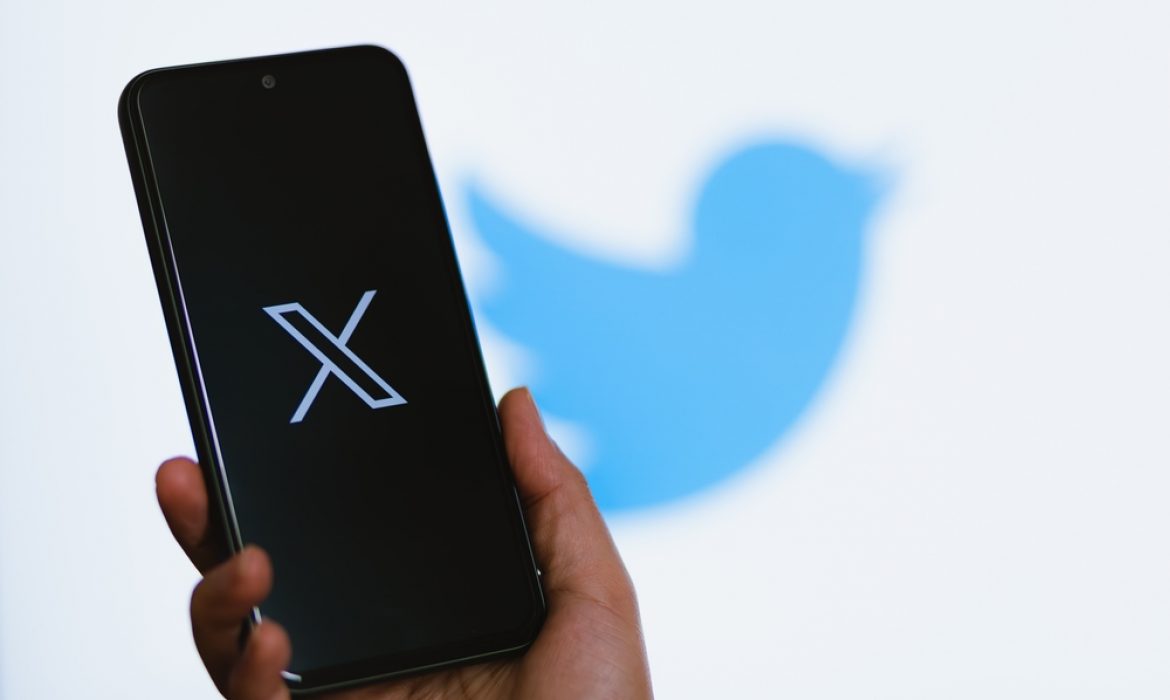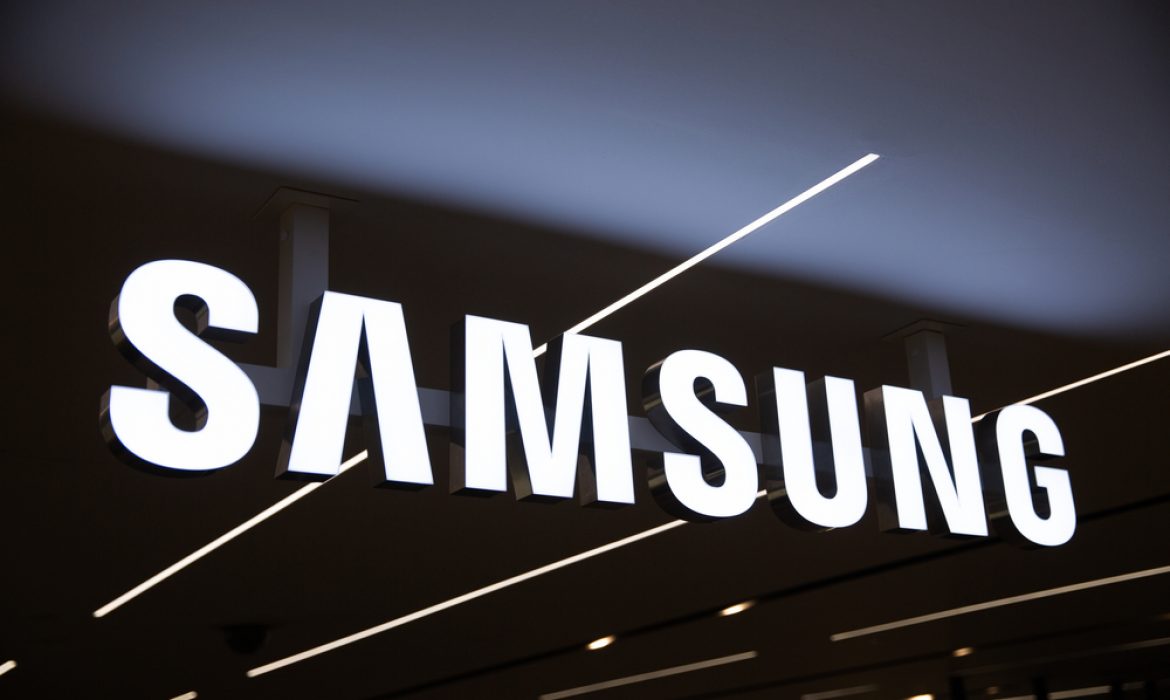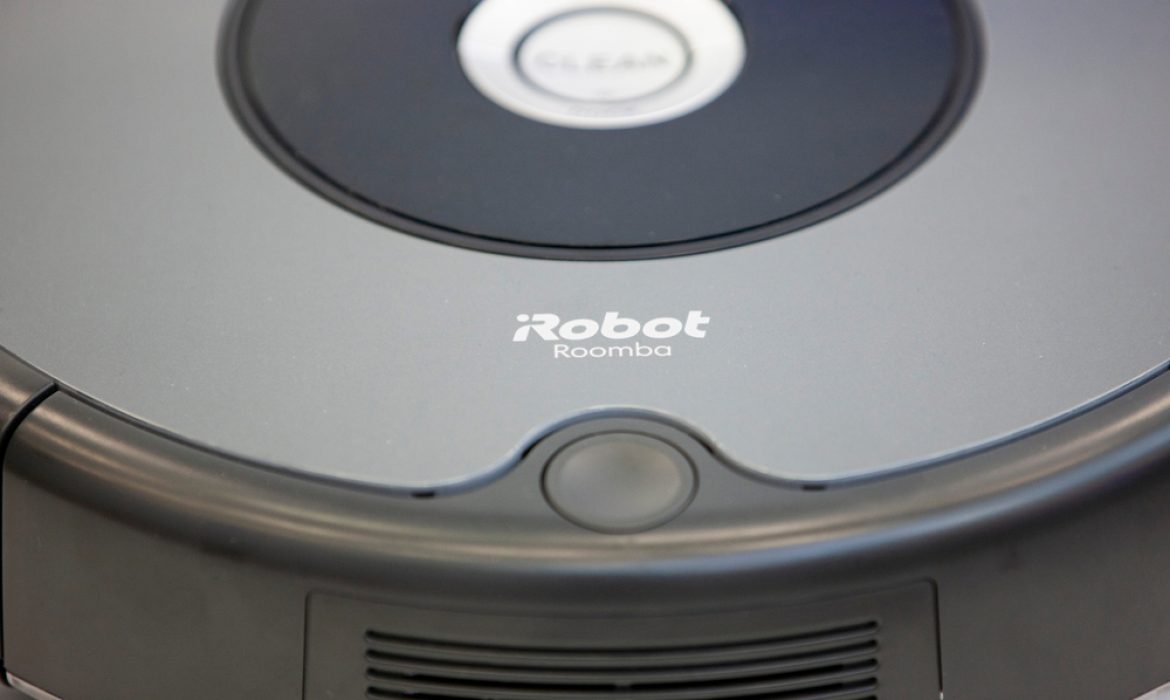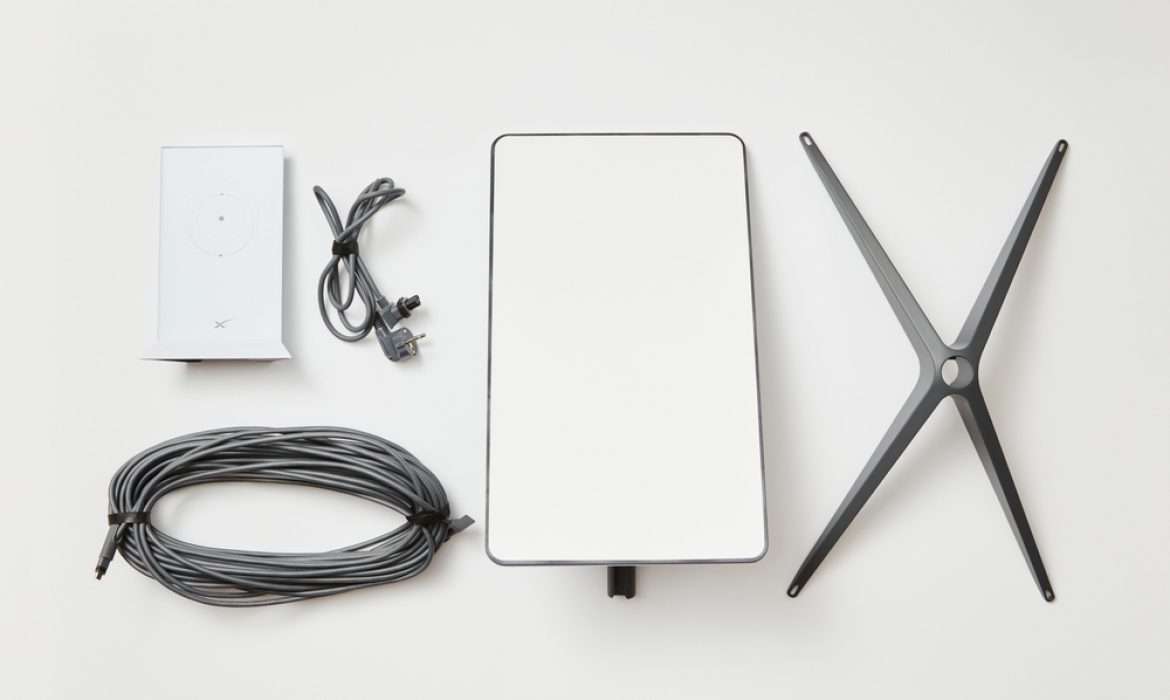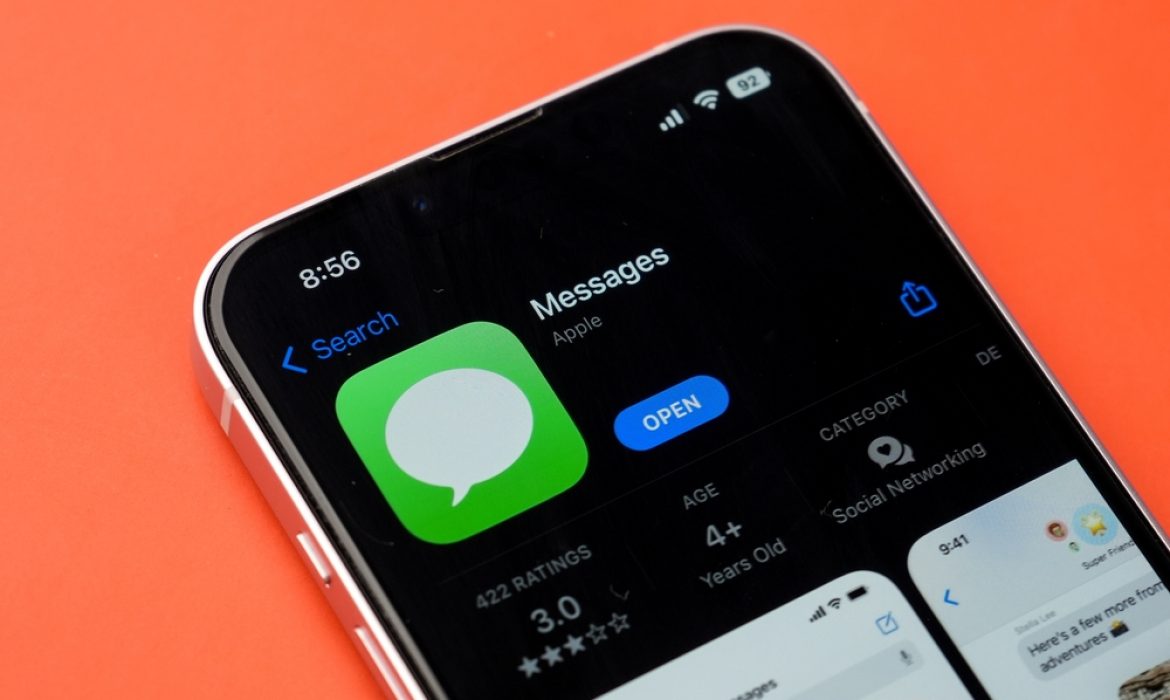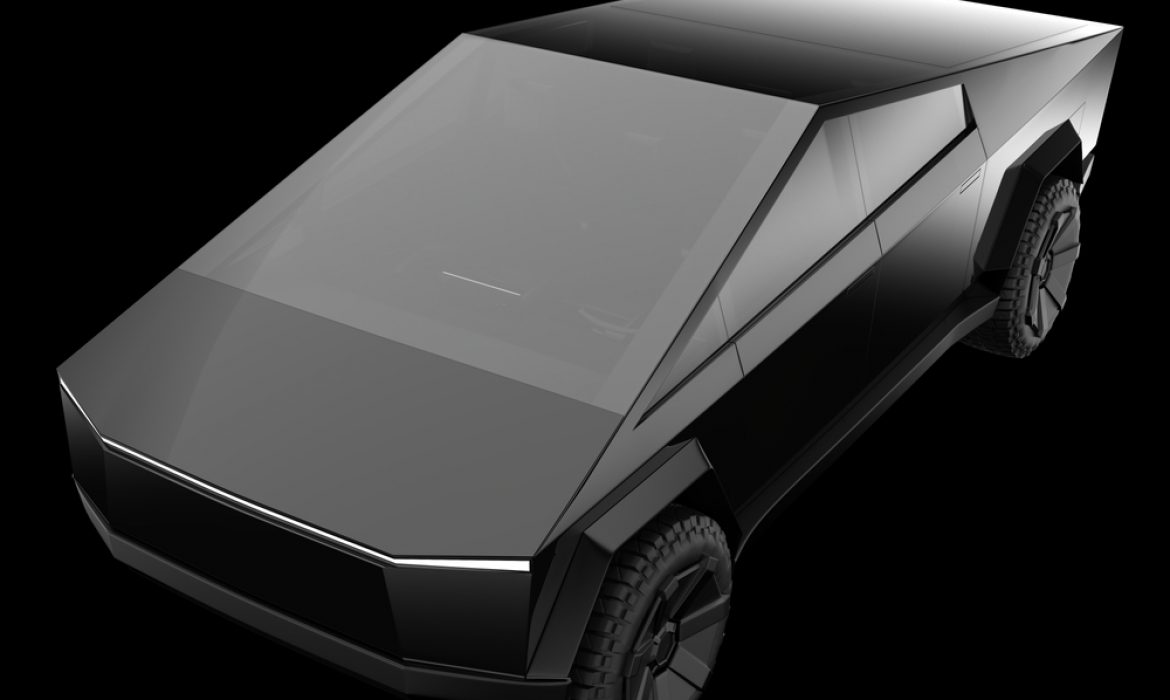Google is launching Gemini, its most powerful AI model yet
Google has officially rolled out Gemini, its largest and most advanced generative artificial intelligence model, contrary to recent rumors of delays. Gemini boasts unprecedented multimodal reasoning capabilities and versatility, tailored for three distinct use cases: Ultra, Pro, and Nano, making it adaptable across a spectrum of devices from data centers to mobile platforms.
The Gemini model’s integration with Bard’s AI assistant unfolds in two phases. Commencing December 6, a specialized Gemini Pro version will empower Bard with enhanced reasoning, planning, and comprehension in English. Google plans to introduce an Advanced Bard variant in early 2024, unleashing the potential of Gemini Ultra, offering users access to a myriad of advanced models and features.
Before the public launch, Google rigorously tested Gemini Pro in various industry-standard assessments, outperforming its predecessor GPT-3.5 in six out of eight trials. Gemini Pro, fine-tuned for Bard, excels in comprehension, generalization, reasoning, coding, and planning. As a testament to its capabilities, a demonstration showcases Bard and Gemini Pro collaboratively crafting the most intricately detailed paper airplane, exemplifying the fusion of creativity and precision.
The integration of Gemini Pro with Bard is now accessible to users for textual cues, with imminent support for other modalities. Initially available in English across 170 countries, including Ukraine, the model will soon extend its linguistic reach to other regions, notably in Europe.
Anticipating the future, the pinnacle of Gemini’s prowess, the Ultra model, will join forces with an extended Bard version in early 2024. Engineered for ultra-complex tasks, Gemini Ultra swiftly comprehends and responds to diverse information types—text, image, audio, video, and code.
Security checks for Gemini Ultra in Bard Advanced are underway, with a testing program for trusted evaluators slated to commence shortly. The broader release of Bard Advanced, featuring Gemini Ultra, is on the horizon, promising a revolutionary leap in artificial intelligence for users worldwide by early next year.
Elon Musk Unveils Tesla Cybertruck to Eager Customers; Base Model Priced at $60,990, Available in 2025
Elon Musk personally handed over the first Tesla Cybertruck units to select customers, including Reddit co-founder Alexis Ohanian and venture capital fund founder Philippe Sarofim. The grand delivery broadcast, typical of Tesla’s flamboyant style, lasted around 30 minutes.
The much-anticipated Cybertruck, initially conceptualized by Musk six years ago, made its debut, though not without surprises. Contrary to Musk’s 2019 promise of a sub-$40,000 Cybertruck, the entry-level rear-wheel-drive version will start at $60,990 and won’t be available until 2025, boasting a 400-kilometer range.
The 2024 lineup includes the all-wheel-drive variant, priced from $79,990, featuring a 550-kilometer range, 4.1-second acceleration to 96 km/h, and a top speed of 180 km/h. A three-engine configuration, boasting 845 horsepower and a 515-kilometer range, comes at $99,990.
Despite Tesla’s initial threat of a $50,000 fine for unauthorized Cybertruck resale within the first year, recent changes to Tesla’s order agreement suggest a shift in stance. The controversial clause, threatening legal action and vehicle sale refusal, has been removed without an official statement on the reasons or future implications.
As the Cybertruck dazzles the automotive landscape, the unveiled pricing raises eyebrows, and Tesla’s evolving approach to resale restrictions leaves room for speculation. The Cybertruck’s journey from concept to reality signals a transformative moment in electric vehicle history, with Elon Musk leading the charge into an electrifying future.
European smartphone market drops 11%: only Honor shows growth
The European smartphone market experienced an 11% contraction in the third quarter of 2023, marking the steepest decline since 2011, as per Counterpoint Research. Realme took the hardest hit, while Apple weathered the storm, edging past Xiaomi, and the resilient Honor emerged as the sole gainer.
Despite the overall dip, Western Europe showed signs of recovery, attributed in part to the launches of Apple’s iPhone 15 and Samsung’s Galaxy Flip5. However, challenging macroeconomic factors persist in the east, impacting market conditions.
Chinese smartphone manufacturers Tecno and Infinix thrived in Russia, witnessing staggering growth rates of 192% and 518%, respectively, in the overall European market. Meanwhile, Honor, the former Huawei subsidiary, stood out by recording an 8% increase in smartphone sales in Q3 2023 compared to the previous year, securing a 3% market share.
Samsung retained its market leadership with a 32% share, despite facing a 15% decline in sales. The popularity of the Galaxy Fold5 and Galaxy Flip5 offered some respite. Apple’s iPhone sales dipped by a modest 3%, but the brand gained a 2% market share, reaching 24%. Xiaomi, with a 22% share, experienced a 13% drop in sales but maintained its dominance in Eastern Europe with a commanding 35% market share.
As the industry navigates challenges and shifting dynamics, Honor’s growth stands out as a testament to resilience, while Apple strategically inches ahead in a European market grappling with economic headwinds. The landscape continues to evolve, with each smartphone giant adjusting strategies to weather the fluctuations in demand and economic uncertainties.
Twitter Faces $75 Million Ad Revenue Plunge Amidst Suspension Woes – Internal Docs Expose Struggle
Internal documents obtained by The New York Times unveil Twitter’s dire financial straits, projecting a staggering $75 million loss in advertising revenue by year-end. Over 200 ad campaigns, featuring major players like Airbnb, Amazon, Coca-Cola, and Microsoft, have either halted or are contemplating suspending their ads on the platform, marking a more challenging predicament than initially perceived.
These confidential documents from Twitter’s Salesforce X meticulously track the fallout from advertising gaps, spotlighting campaigns suspended and those teetering on the brink. The potential year-end revenue loss hinges on the uncertain return of advertisers to the platform.
Twitter, acquired by Elon Musk for $44 billion last year, faces an uphill battle to win back advertisers. Skepticism about Musk’s conduct and content moderation decisions has deterred brands, leading to a nearly 60% drop in advertising on the U.S. e-commerce platform this year.
The internal records reveal that over 100 brands have entirely halted advertising, while dozens more hover on the precipice. Concerns escalated post-November 15 when Musk endorsed an anti-Semitic conspiracy theory, prompting a wave of suspensions.
Prominent brands like Airbnb and Uber have pulled back over $1 million and $800,000 worth of advertising, respectively, with others like Netflix and Microsoft subsidiaries facing substantial losses. Musk’s controversial comments have triggered criticism, with Republican presidential candidate Chris Christie denouncing it as part of a surge in “outrageous hatred.”
In response, Twitter’s CEO, Linda Iaccarino, in an internal meeting, attributed the issues to a Media Matters report rather than Musk’s controversial remarks. Iaccarino emphasized Twitter’s commitment to free speech, resisting external pressures.
Musk, meanwhile, spotlighted companies still advertising on Twitter, such as the National Football League, pledging to donate revenue from ads related to the Gaza war to hospitals in Israel and the Red Cross/Crescent of Gaza. The financial fallout poses a significant challenge for Twitter as it grapples with the aftermath of Musk’s polarizing statements and seeks to maintain advertiser trust in a tumultuous landscape.
Historic Accord: 18 Nations Unite to Safeguard AI Security in Landmark Agreement
The United States, the United Kingdom, and a coalition of 18 countries have collaboratively crafted the inaugural international agreement aimed at fortifying the security of artificial intelligence (AI) technology. The accord, outlined in a comprehensive 20-page document, outlines non-binding yet pivotal measures to shield AI from malicious applications.
The core tenet of the agreement revolves around the call for companies engaged in AI development to prioritize secure architectural frameworks. The 18 signatory nations underscored the imperative need for AI systems that protect both customers and the broader public, emphasizing responsible deployment to prevent misuse.
While the document primarily comprises broad recommendations, it advocates for vigilant monitoring of AI systems to thwart misuse, safeguarding data against tampering, and meticulous vetting of software vendors. Of notable mention is the concerted effort to fortify AI technology against potential compromise by hackers, emphasizing security testing before the release of AI models.
However, the agreement falls short of delving into intricate issues surrounding the ethical application of AI and the intricacies of data collection for these models. The global surge in AI adoption has raised multifaceted concerns, including its potential exploitation to undermine democratic processes, perpetrate fraud, and instigate widespread job displacement, among other perceived threats to humanity.
The collaborative initiative spans beyond the US and the UK, with Germany, Italy, the Czech Republic, Estonia, Poland, Australia, Chile, Israel, Nigeria, and Singapore among the signatories. As the international community unites to address the challenges posed by AI, this landmark agreement lays the foundation for responsible AI development, setting a precedent for future global cooperation in the burgeoning field of artificial intelligence.
Samsung-Owned Harman Expands Sonic Portfolio with Acquisition of Roon Audio Platform
Harman, a company under the Samsung umbrella, has announced the acquisition of the Roon audio platform. Recognized for its ability to synchronize music playback across diverse devices in multiple rooms, regardless of brand, Roon has carved a niche in the audio technology landscape.
Harman, boasting an extensive portfolio with brands like AKG, dbx, JBL, and Soundcraft, operates on a global scale. Since its acquisition by Samsung in 2017, Harman’s expertise has been integrated into Samsung’s headphones and smartphones.
Dave Rogers, President of the Lifestyle Division at Harman, emphasized that the acquisition aligns with the company’s commitment to “create exceptional sound quality” for both partners and consumers worldwide. Enno Vandermeer, CEO of Roon, expressed optimism about the collaboration, stating that joining forces with Harman provides Roon with the scale, resources, and reach of a global technology leader.
Notably, the Roon brand will maintain its independence, allowing it to continue investing in the growth and future of its business. The partnership, however, opens avenues for collaboration as Roon will share its expertise in data management and consumer engagement with all Harman partners, including the tech giant Samsung Mobile.
As the audio industry witnesses this convergence of Harman’s legacy and Roon’s innovative platform, the acquisition marks a significant step in shaping the future of cutting-edge sound experiences for a global audience. The melding of these two industry forces is poised to redefine the landscape of audio technology, offering consumers and partners an enhanced sonic journey.
iRobot shares fall 17% as there is an EU warning of antitrust violations
iRobot, recognized for its Roomba vacuum cleaner, witnessed a significant 17% drop in shares following a stern warning from the European Union’s antitrust regulator regarding Amazon’s proposed $1.7 billion acquisition. The European Commission, investigating the deal since July, is set to deliver a verdict by February 14, expressing provisional concerns that the acquisition may stifle competition in the robot vacuum cleaner market.
In response, an Amazon spokesperson assured CNBC that the company is actively collaborating with the commission to address the identified issues. iRobot, facing fierce competition in the vacuum cleaner sector, has been known for its practical and inventive products. The potential collaboration with Amazon is viewed as an opportunity to leverage the tech giant’s resources, fueling innovation, investing in crucial features, and potentially reducing prices for consumers.
Amazon’s intention to acquire iRobot was announced in August 2022 at a per-share price of $61. The deal is also under scrutiny by the U.S. Federal Trade Commission. Notably, the UK’s Competition and Markets Authority, in June, expressed that the agreement would not substantially diminish competition in the UK.
The announcement had a momentary impact on iRobot shares, prompting a temporary stall, while Amazon’s stocks experienced a modest 1.4% rise. The unfolding scenario reflects the intricate challenges and regulatory scrutiny that major tech acquisitions face, underscoring the potential implications on both the companies involved and the broader market landscape. As stakeholders await the European Commission’s ruling, the iRobot–Amazon deal remains under the watchful eyes of global regulatory bodies.
SpaceX unveiled a thinner Starlink terminal with no engine and a larger field of view
SpaceX reveals the third-generation Starlink terminal, signaling a technological leap with a slimmer design, sans the motor for position adjustment, now featuring a practical stand. Initially, this advanced terminal will be accessible to a limited group of buyers in the United States.
Noteworthy enhancements include a 10% wider field of view and a heightened IP67 protection rating against dust and moisture, allowing for immersion in water up to one meter deep for 30 minutes. The terminal’s installation involves manual orientation using a stand, as recommended in SpaceX’s instructional video.
The package includes the Starlink terminal, kickstand, third-generation router, Starlink cable (15 meters), AC cable (1.5 meters), and a power supply. The terminal’s weight stands at 2.9 kg (6.4 lbs), with the added footrest bringing it to 3.2 kg (7 lbs).
The Starlink router, designed for residential users, boasts dimensions of 43.4 x 298.6 x 120.4 mm, Wi-Fi 6 technology, tri-band radio with 4 x 4 MU-MIMO, and compatibility with up to 235 devices. Its environmental rating is IP56 waterproof for indoor configuration.
Accompanying the setup is the Starlink power supply, weighing 0.65 kg (1.43 lbs), with an IP66 Type 4 protection degree against external influences. Operating temperatures range from -30°C to 60°C (-22°F to 140°F), accommodating various climates.
This revamped Starlink terminal signifies SpaceX’s commitment to advancing satellite internet technology, promising a more efficient and user-friendly experience for subscribers in the near future.
Apple Embraces Interoperability: RCS Messaging to Bridge the Gap Between iPhone and Android Users in 2024
Apple has officially declared its adoption of the Rich Communication Services (RCS) messaging standard, signaling a new era of cross-platform communication between iPhone and Android users. Set to be introduced through a software update in the coming year, this decision is seen as a strategic response to increasing pressure from competitors, including Google and Samsung, and in compliance with evolving regulatory expectations.
The RCS implementation aims to enhance compatibility for cross-platform messaging, providing iPhone and Android users with a seamless experience. Apple’s spokesperson emphasized that RCS Universal Profile, endorsed by the GSM Association, would outperform traditional SMS or MMS, offering advanced features such as read notifications, input indicators, high-quality media sharing, and even location sharing within text messages.
While RCS brings a host of iMessage-style features to the Android-iOS messaging landscape, Apple reassures its users that iMessage isn’t going anywhere. It will persist as the primary messaging platform for iPhone users, ensuring a secure and encrypted communication environment.
Despite the integration of RCS, Apple highlights the unmatched security of iMessage, boasting end-to-end encryption and reinforced data protection for messages stored in iCloud. The decision to keep iMessage separate from RCS underlines Apple’s commitment to maintaining the integrity of its proprietary messaging platform.
The implementation of RCS by Apple follows years of resistance, with CEO Tim Cook denying any plans for RCS support in 2022. However, it appears external factors, including pressure from competitors and potential regulatory implications, may have influenced the company’s change of heart.
Apple acknowledges the collaborative effort needed to enhance the RCS protocol, expressing a commitment to working with GSMA members to bolster security and encryption measures.
As of 2024, Apple users can anticipate a new era of messaging, fostering compatibility between iOS and Android devices while preserving the security and integrity of iMessage. This move is expected to resolve the longstanding conflict between the two major mobile operating systems, offering users a unified messaging experience.
Tesla’s Iron Grip: $50k Fine for Reselling Cybertruck Within First Year
Tesla introduces a stringent “Cybertruck Only” clause, forbidding buyers from reselling their new vehicle within the initial year without explicit Tesla authorization. This policy, embedded in the updated car ordering agreement ahead of the Nov. 30 Cybertruck deliveries, carries a substantial financial consequence for violators.
Tesla asserts its right to pursue legal action, potentially seeking an injunction against ownership transfer or imposing a hefty fine of $50,000 or the entire resale value, as reported by Engadget. Further repercussions include potential bans on future Tesla purchases for those found violating the resale provision.
While Tesla hints at the possibility of exceptions, requiring written consent for resale within the first year, the company outlines two potential scenarios. If approved, Tesla offers a buyback option at a reduced price, factoring in mileage at $0.25 per mile, along with depreciation and repair costs. Alternatively, owners may gain permission to sell to a third-party buyer.
This strategic move aims to discourage opportunistic resellers looking to capitalize on the scarcity of the Cybertruck, initially delivered to a select group before mass production begins in 2024. Tesla’s resolute stance emphasizes its commitment to protecting the unique value and limited availability of its innovative products, setting a precedent in the automotive industry.
